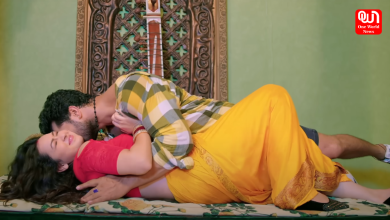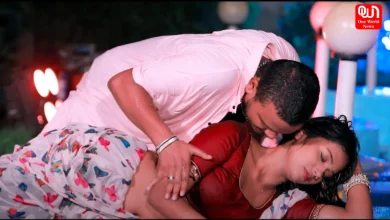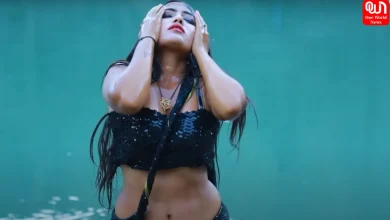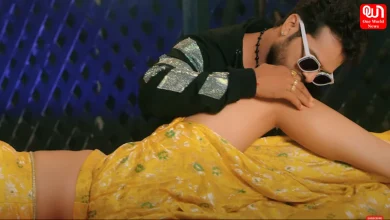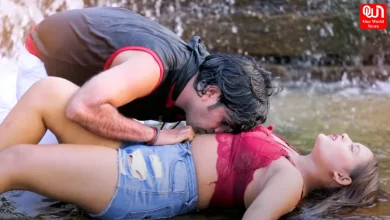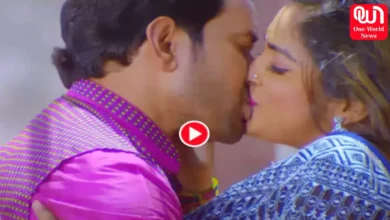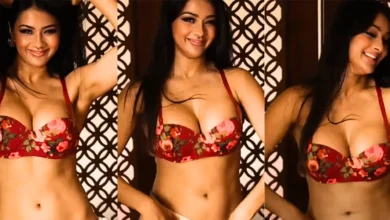Evolution Bhojpuri Dance: Exploring its History and Origins
A captivating journey into the origins and evolution of Bhojpuri dance, reflecting rich traditions and cultural celebrations in Bihar, Jharkhand, and Uttar Pradesh.
“Evolution Bhojpuri Dance: Tracing the Rich Traditions and Cultural Celebrations of Bihar, Jharkhand, and Uttar Pradesh.”
Evolution Bhojpuri Dance, an integral part of the vibrant Bhojpuri culture, is a mesmerizing art form that reflects the rich traditions and heritage of the Bhojpuri-speaking regions of Bihar, Jharkhand, and parts of Uttar Pradesh in India. With its captivating moves and lively rhythms, Bhojpuri dance has evolved over centuries, carrying the essence of the region’s cultural celebrations and social life.
Historical Roots:
The origins of Bhojpuri dance can be traced back to ancient times when various dynasties ruled over the region. The dance form developed as a way for people to express joy, celebrate festivities, and communicate their emotions during different occasions. Over the years, Bhojpuri dance assimilated influences from different cultures and evolved into a unique art form with distinct regional variations.
Cultural Significance:
Bhojpuri dance plays a crucial role in various cultural events, including weddings, festivals, and religious ceremonies. It serves as a means to pass down folklore and stories from one generation to another, preserving the essence of Bhojpuri folklore and mythology. The dance form reflects the daily lives of the people, their agrarian background, and their close connection with nature.
Read more:- Jaw-Dropping: Prachi Singh’s Latest Photoshoot Sets Social Media on Fire
Traditional Dance Forms:
Bhojpuri dance encompasses a diverse range of traditional dance forms, each characterized by unique movements and themes. Some popular forms include:
- Jhumar: Jhumar is a celebratory dance performed by both men and women during weddings and festivals. It involves graceful hand gestures and swaying movements, depicting joy and happiness.

- Nautanki: Nautanki is a traditional theatrical dance form that blends dance, music, and drama. It often presents mythological stories and social issues through entertaining performances.
- Sohar: Sohar is a folk dance performed during childbirth and is believed to bring prosperity and good luck to the mother and the newborn.
- Jhijhia: Jhijhia is a lively dance form performed by women during the Holi festival. It involves fast-paced footwork and rhythmic clapping.
Modern Influence:
With the advent of modernity and the influence of popular culture, Bhojpuri dance has also incorporated contemporary elements. Bhojpuri songs and dance sequences are now an integral part of Bhojpuri cinema, contributing to the region’s thriving film industry. Additionally, Bhojpuri dance performances are showcased in cultural events and competitions, garnering recognition and appreciation on a broader platform.
Preserving Cultural Heritage:
Read more:- The Role of Bhojpuri Songs in Bhojpuri Cinema
Despite the evolving dance forms and modern influences, efforts are being made to preserve the authentic essence of Bhojpuri dance. Cultural organizations, dance schools, and artists are actively working to teach and promote Bhojpuri dance among the younger generation, ensuring its continuity and cultural significance.


